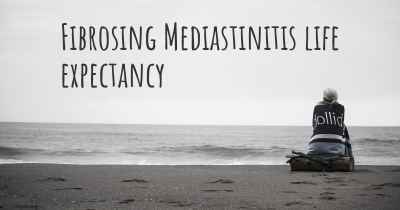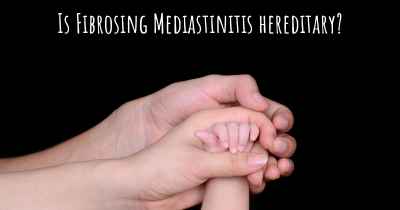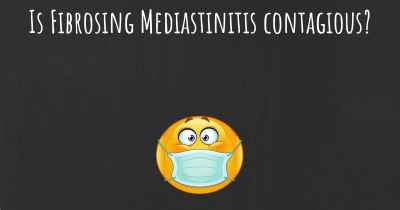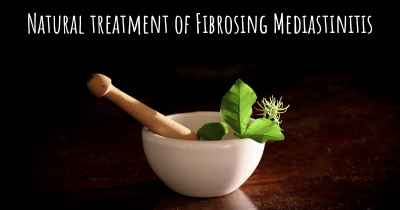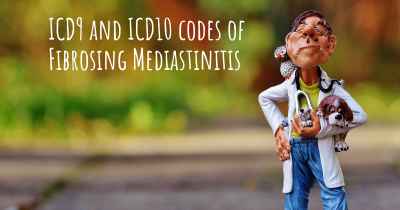What are the latest advances in Fibrosing Mediastinitis?
Here you can see the latest advances and discoveries made regarding Fibrosing Mediastinitis.
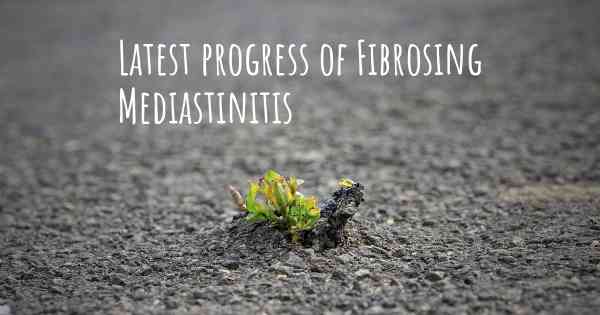
Fibrosing mediastinitis is a rare condition characterized by the excessive growth of fibrous tissue in the mediastinum, the central compartment of the chest that contains the heart, major blood vessels, and other vital structures. This abnormal fibrous tissue growth can lead to compression and obstruction of these structures, causing a range of symptoms and complications.
While fibrosing mediastinitis remains a challenging condition to manage, there have been several recent advances in understanding its pathogenesis, diagnosis, and treatment.
Advances in Pathogenesis:
Researchers have made significant progress in unraveling the underlying mechanisms of fibrosing mediastinitis. It is now believed to be primarily caused by an exaggerated immune response to certain fungal infections, particularly Histoplasma capsulatum. This fungal infection triggers an inflammatory reaction in susceptible individuals, leading to the formation of fibrous tissue. Understanding this pathogenesis has opened up new avenues for targeted therapies.
Improved Diagnostic Techniques:
Accurate diagnosis of fibrosing mediastinitis is crucial for appropriate management. Recent advances in diagnostic techniques have enhanced our ability to identify and characterize the condition.
Computed Tomography (CT) Scans: High-resolution CT scans have become the gold standard for diagnosing fibrosing mediastinitis. They provide detailed images of the mediastinal structures, allowing for the identification of fibrous tissue growth, vessel compression, and other abnormalities.
Positron Emission Tomography (PET) Scans: PET scans can help differentiate between active inflammation and fibrotic tissue. By using radioactive tracers, PET scans can detect metabolic activity in the affected areas, aiding in the diagnosis and assessment of disease progression.
Biomarkers: Researchers are actively investigating potential biomarkers that could aid in the diagnosis and monitoring of fibrosing mediastinitis. These biomarkers may include specific antibodies or inflammatory markers that are elevated in affected individuals.
Targeted Therapies:
While there is no definitive cure for fibrosing mediastinitis, recent advances have focused on developing targeted therapies to alleviate symptoms, slow disease progression, and improve outcomes.
Antifungal Therapy: Given the association between fibrosing mediastinitis and fungal infections, antifungal medications have been explored as a potential treatment option. Antifungal therapy aims to control the underlying infection and reduce the inflammatory response, potentially slowing down the progression of fibrous tissue growth.
Immunomodulatory Agents: As fibrosing mediastinitis is characterized by an exaggerated immune response, immunomodulatory agents have shown promise in managing the condition. These medications aim to modulate the immune system, reducing inflammation and fibrous tissue formation.
Endovascular Interventions: In cases where fibrosing mediastinitis leads to significant vascular compression, endovascular interventions may be considered. These minimally invasive procedures involve the placement of stents or balloons to relieve vessel obstruction and restore blood flow.
Collaborative Research Efforts:
Advances in fibrosing mediastinitis have been facilitated by collaborative research efforts. Researchers, clinicians, and patient advocacy groups are working together to improve understanding, diagnosis, and treatment options for this rare condition. These collaborations have led to the establishment of specialized centers and registries, allowing for the collection of valuable data and the development of evidence-based guidelines.
In conclusion, recent advances in fibrosing mediastinitis have shed light on its pathogenesis, improved diagnostic techniques, and opened up new treatment possibilities. While the condition remains challenging, these developments offer hope for better management and outcomes for individuals affected by fibrosing mediastinitis.
Posted Mar 17, 2018 by Sharon 4460
